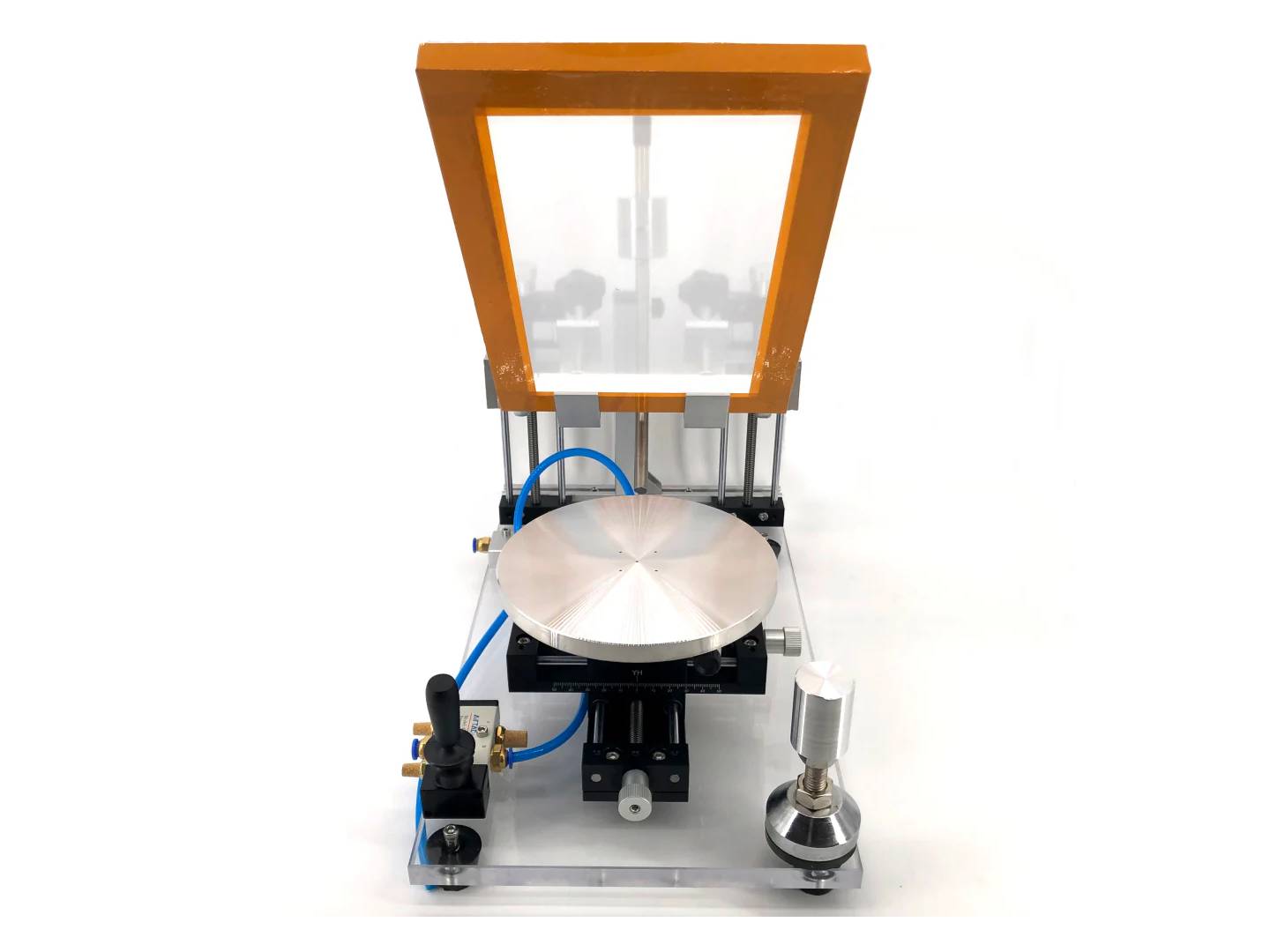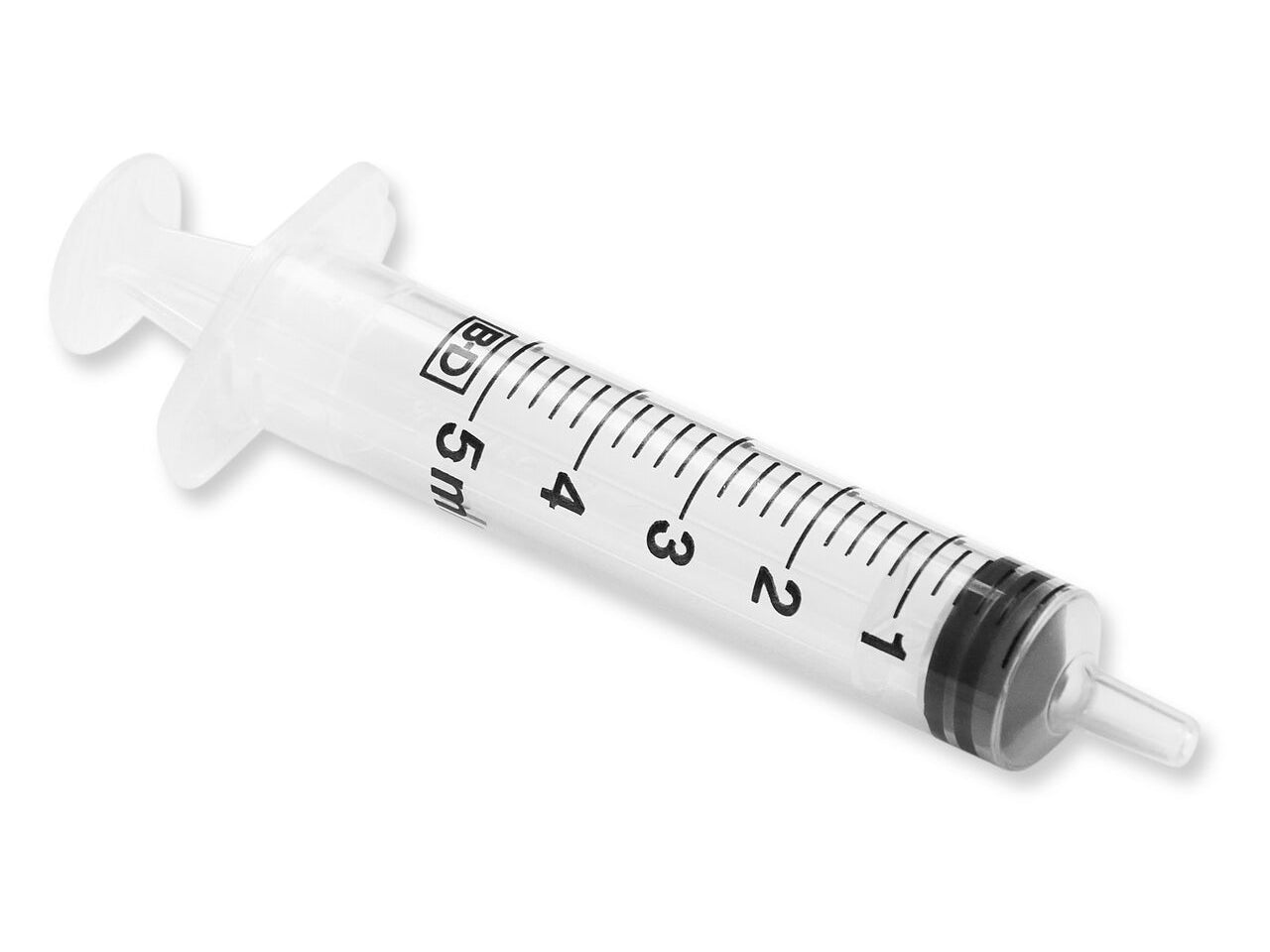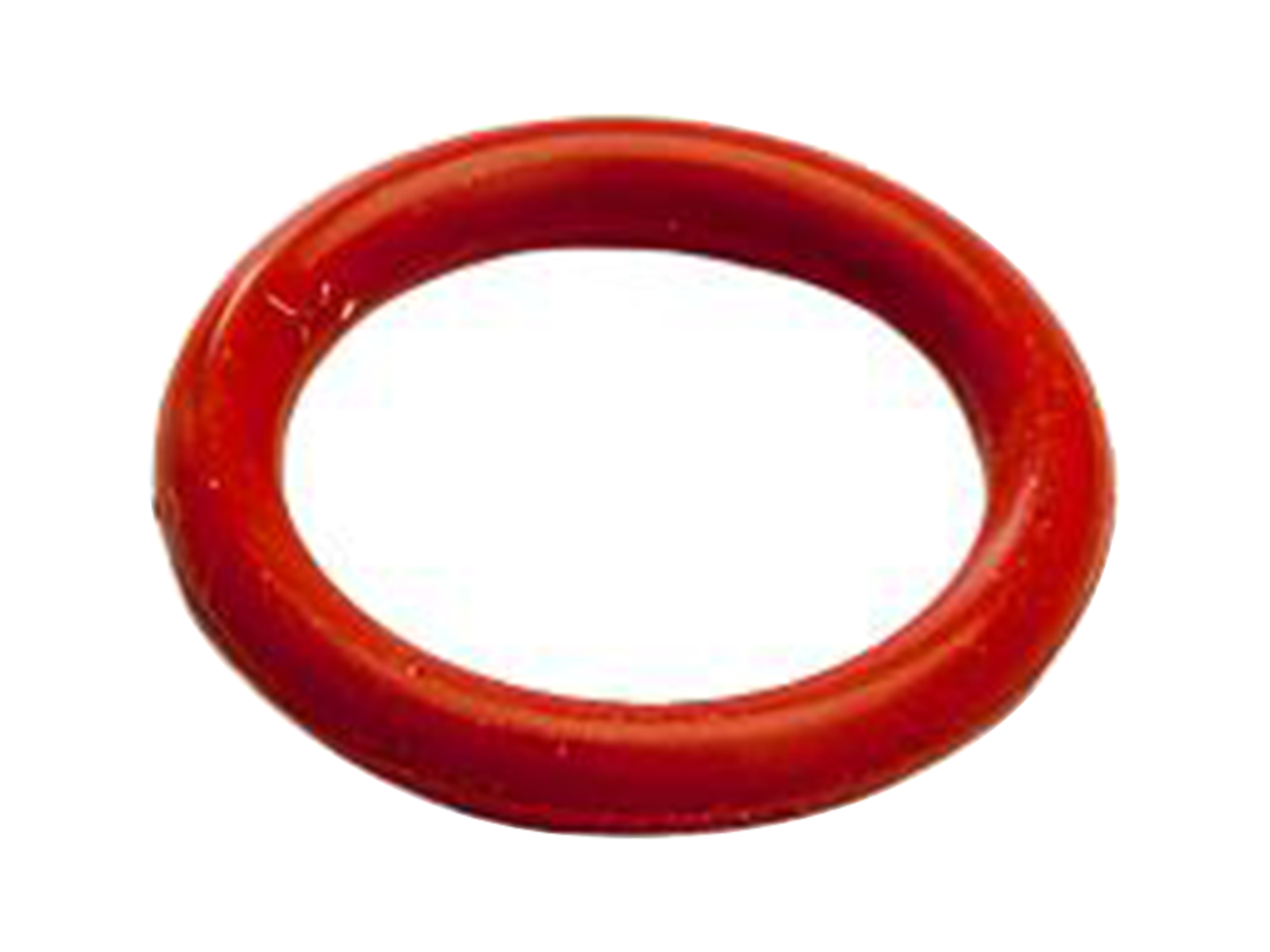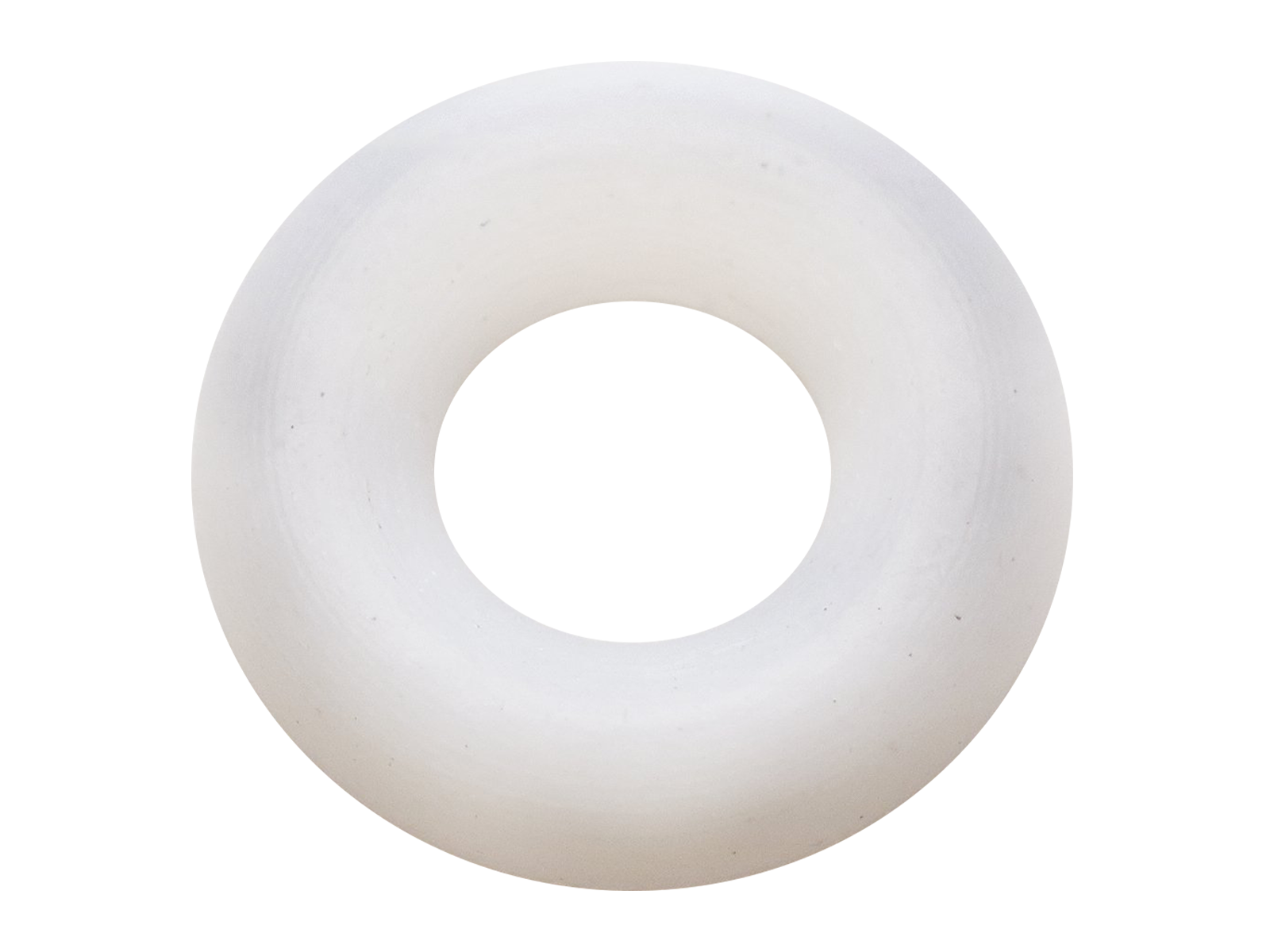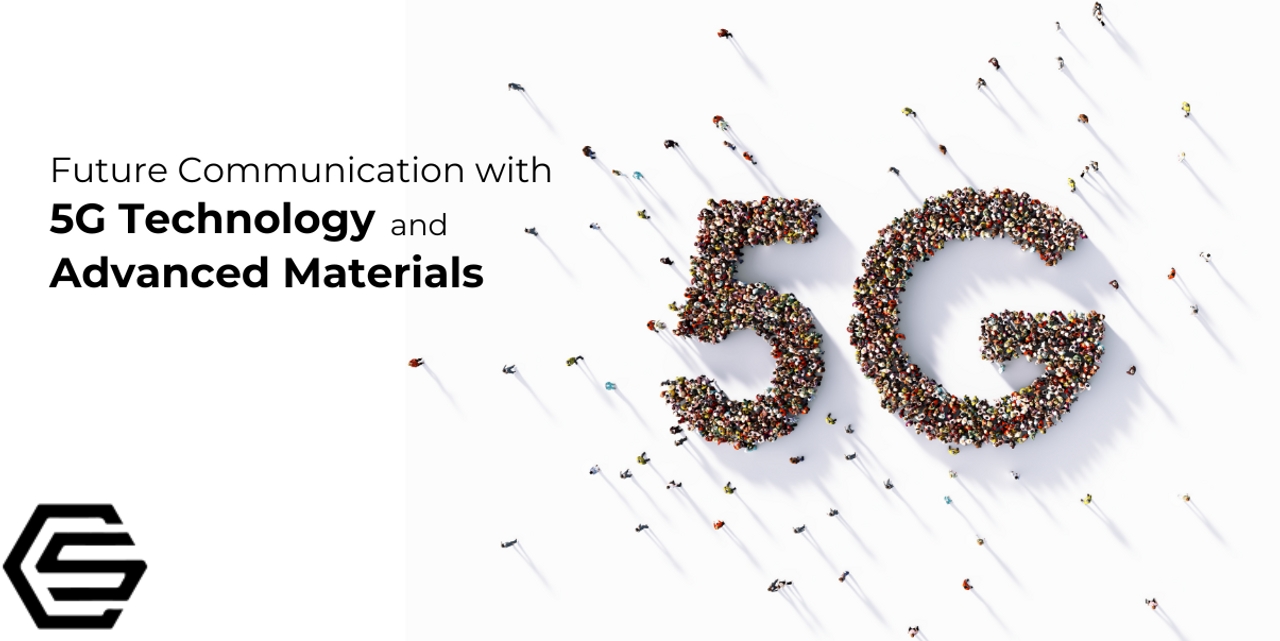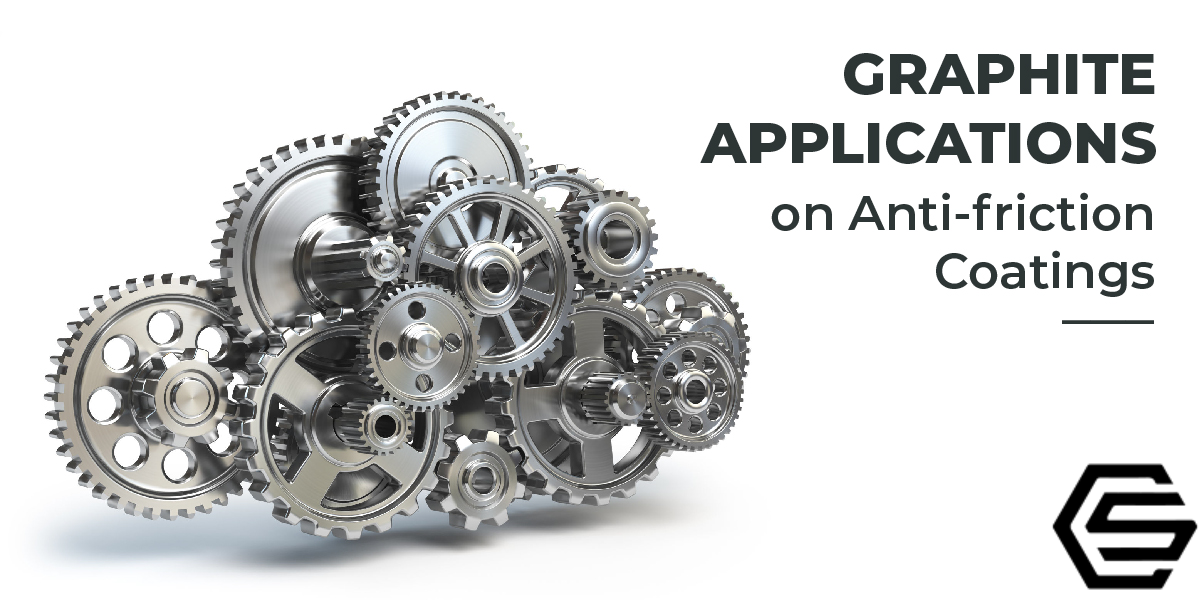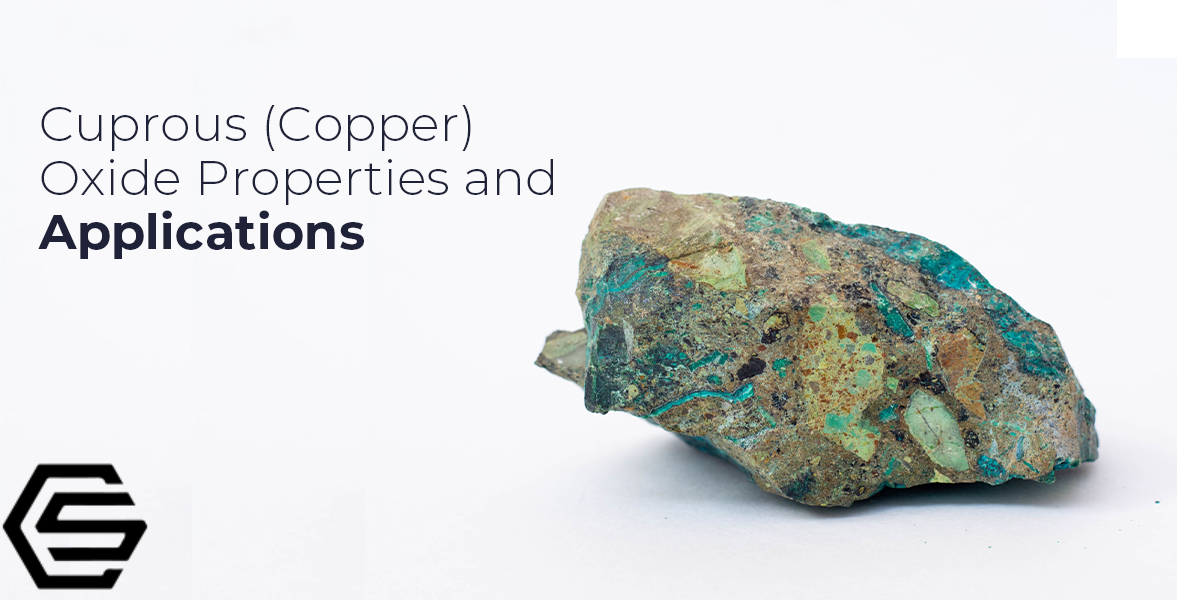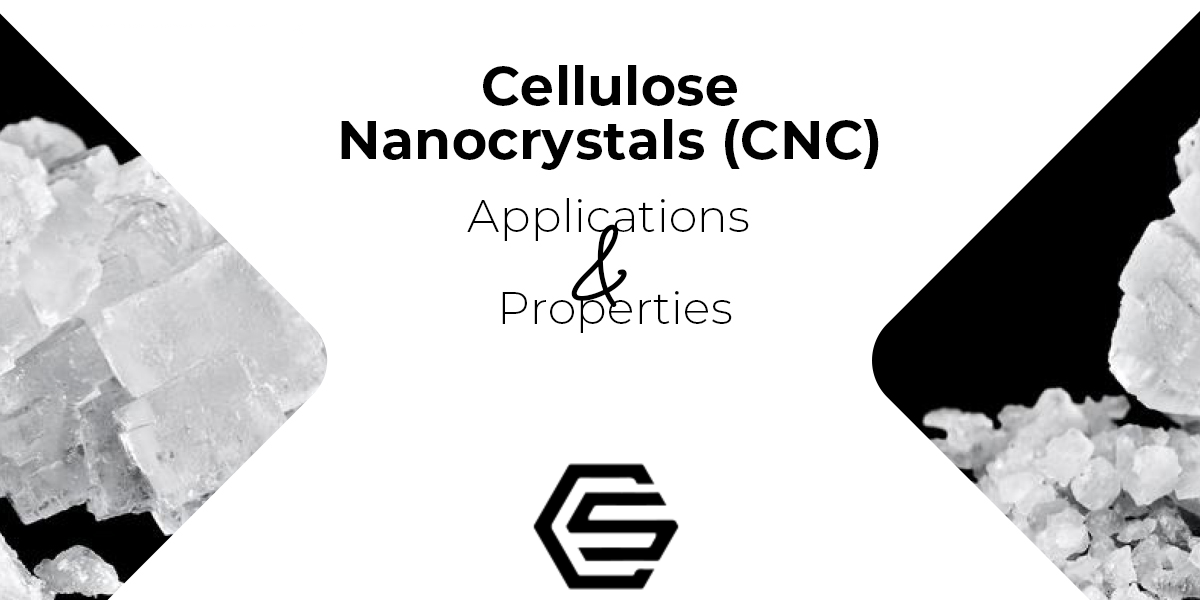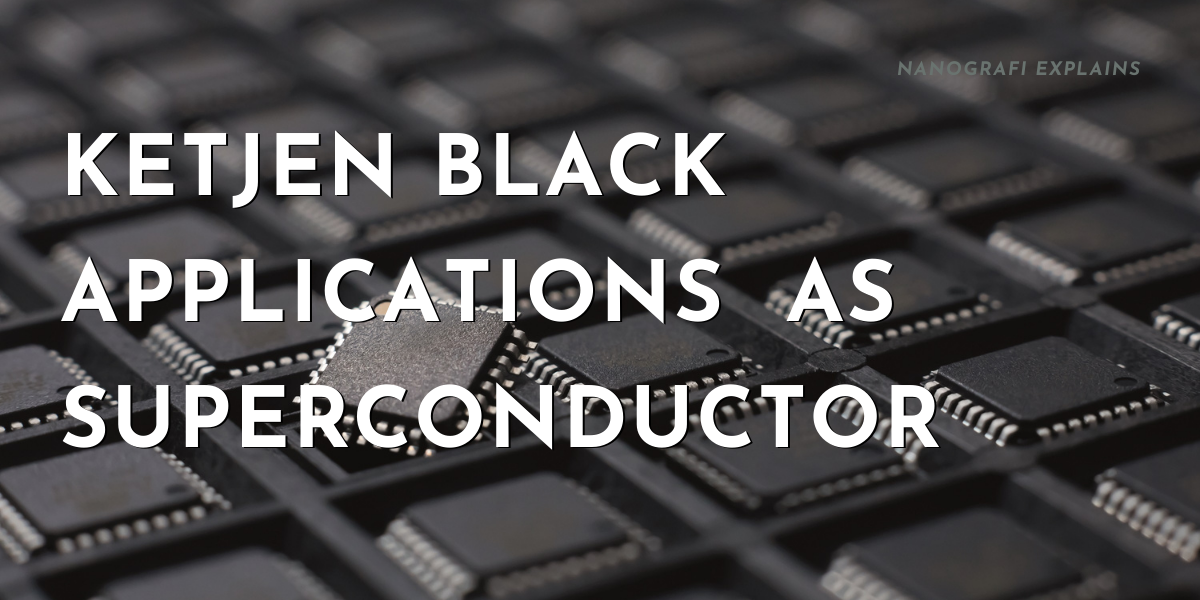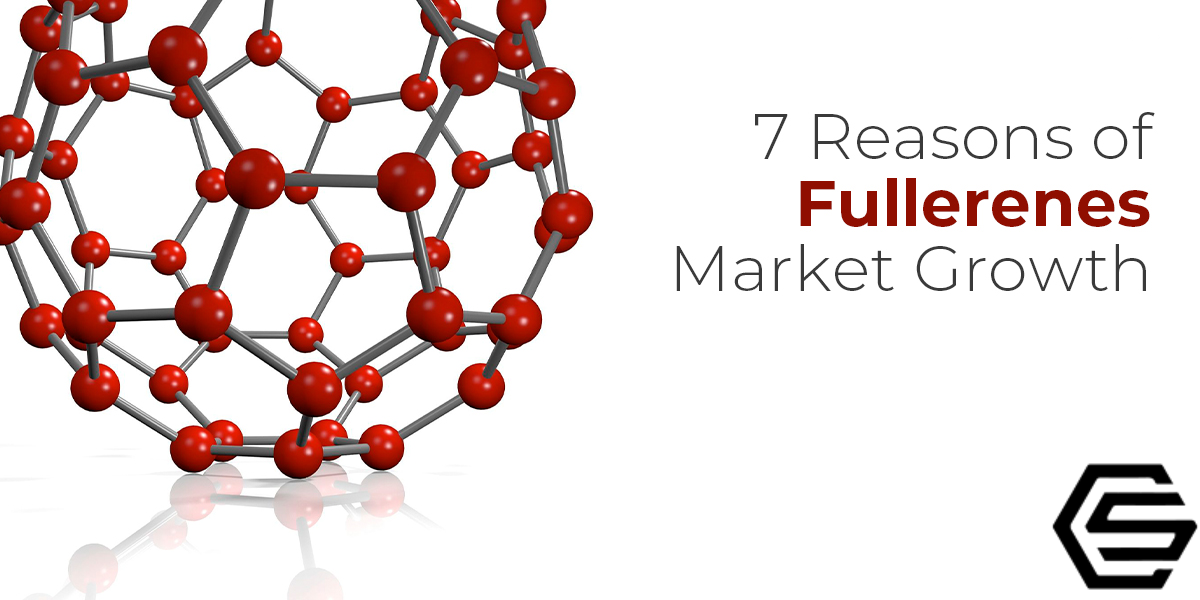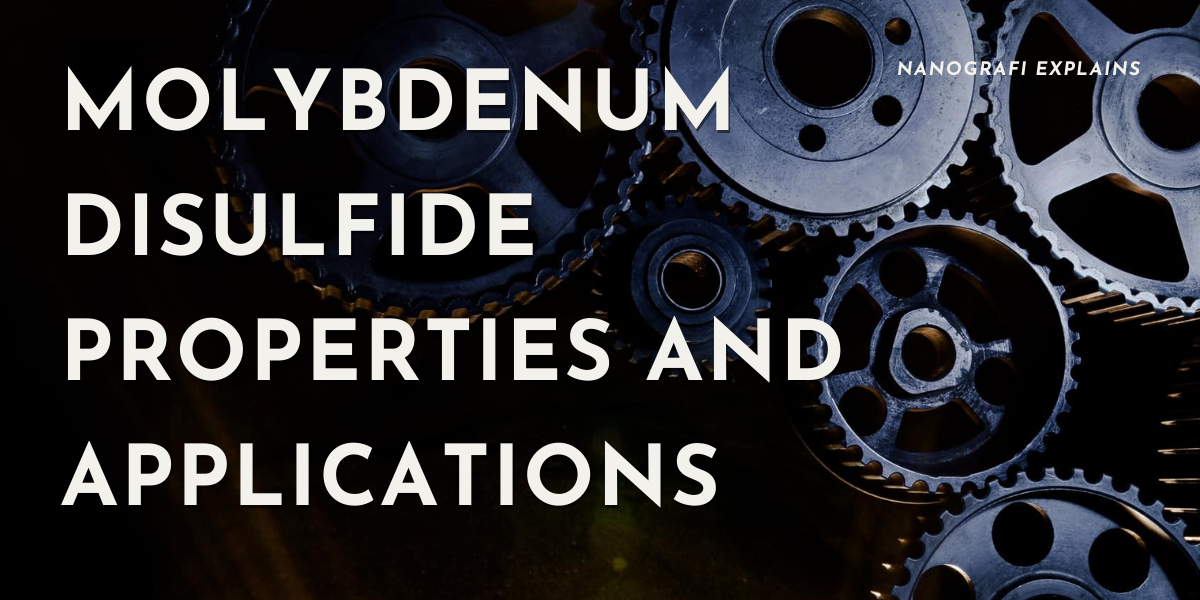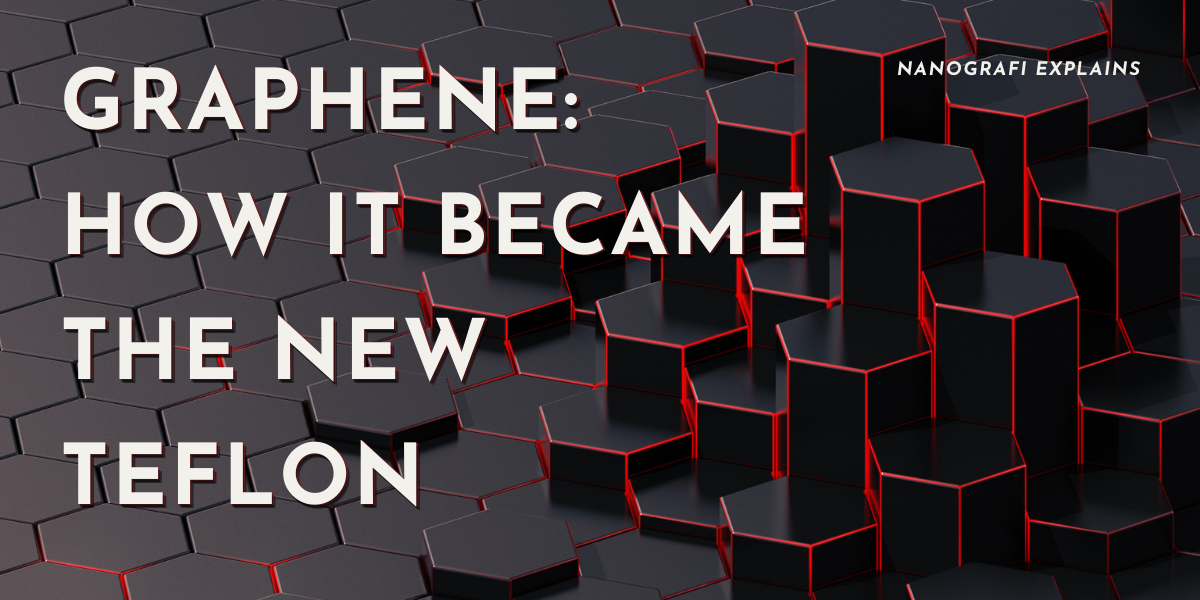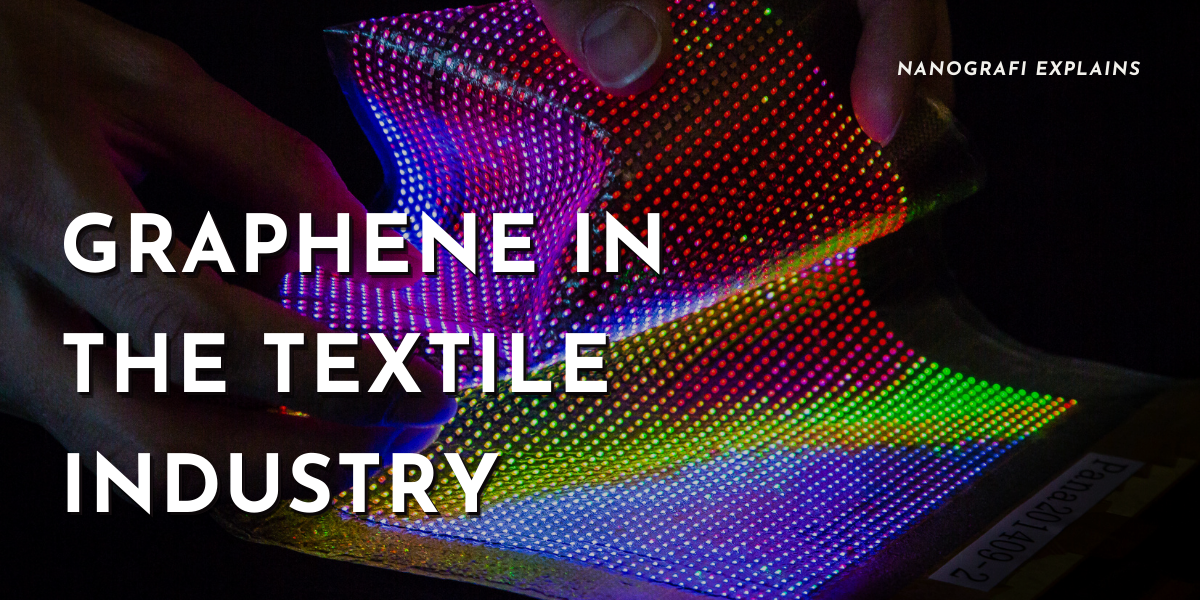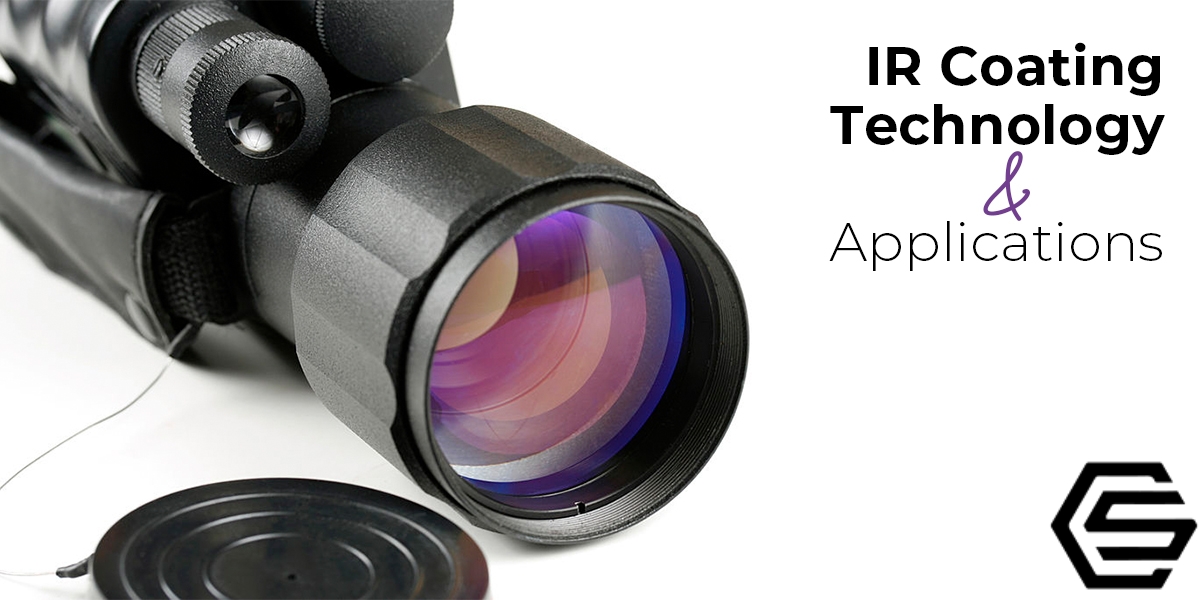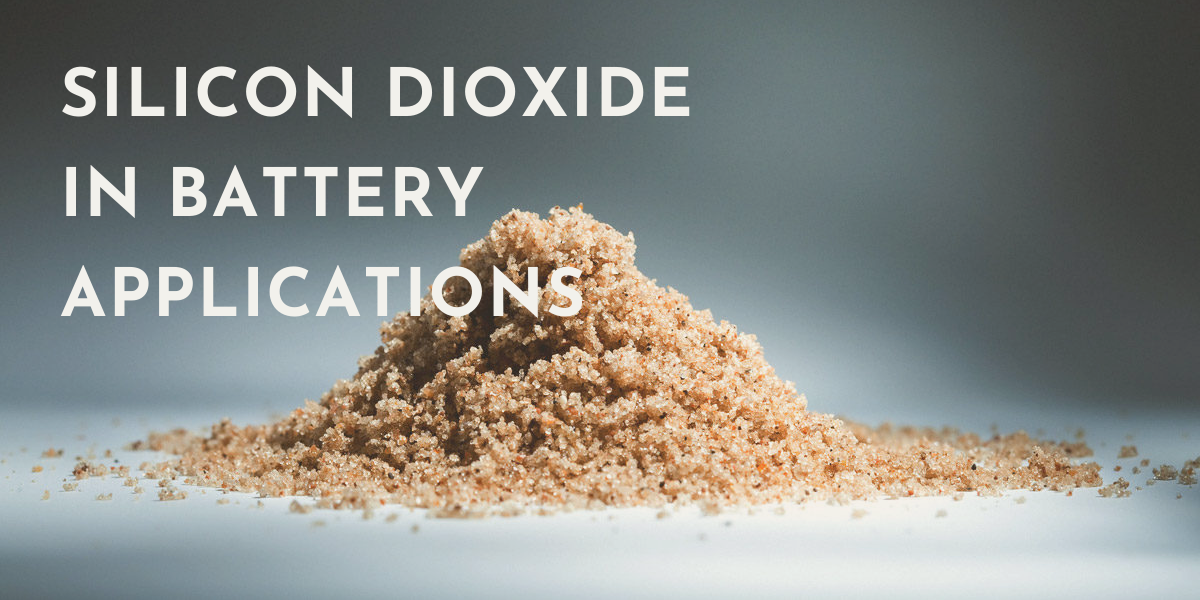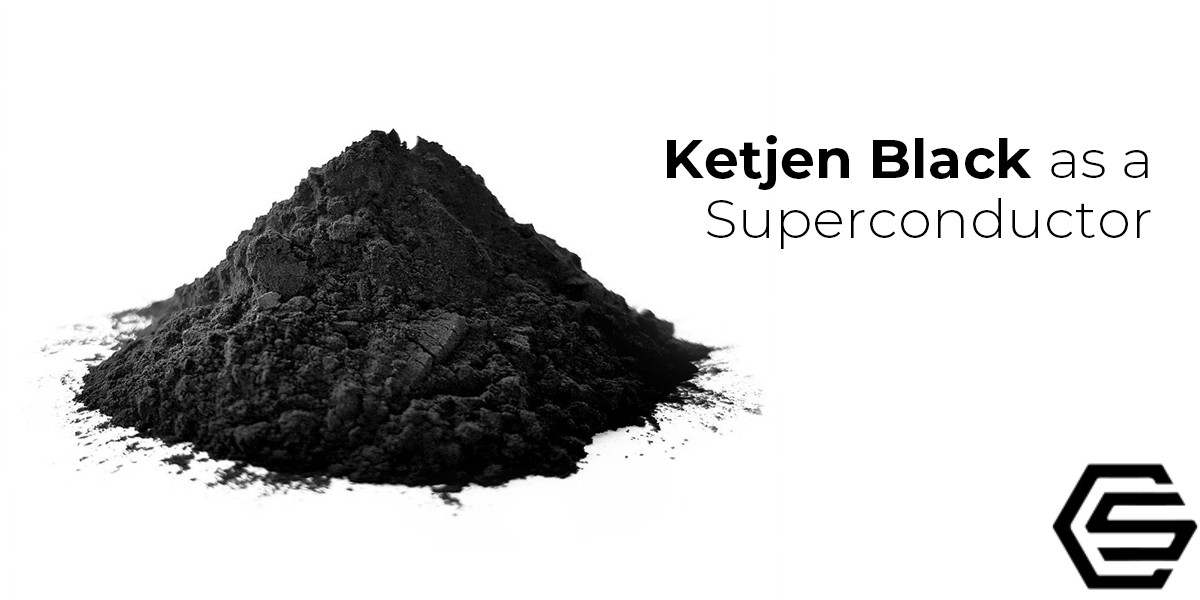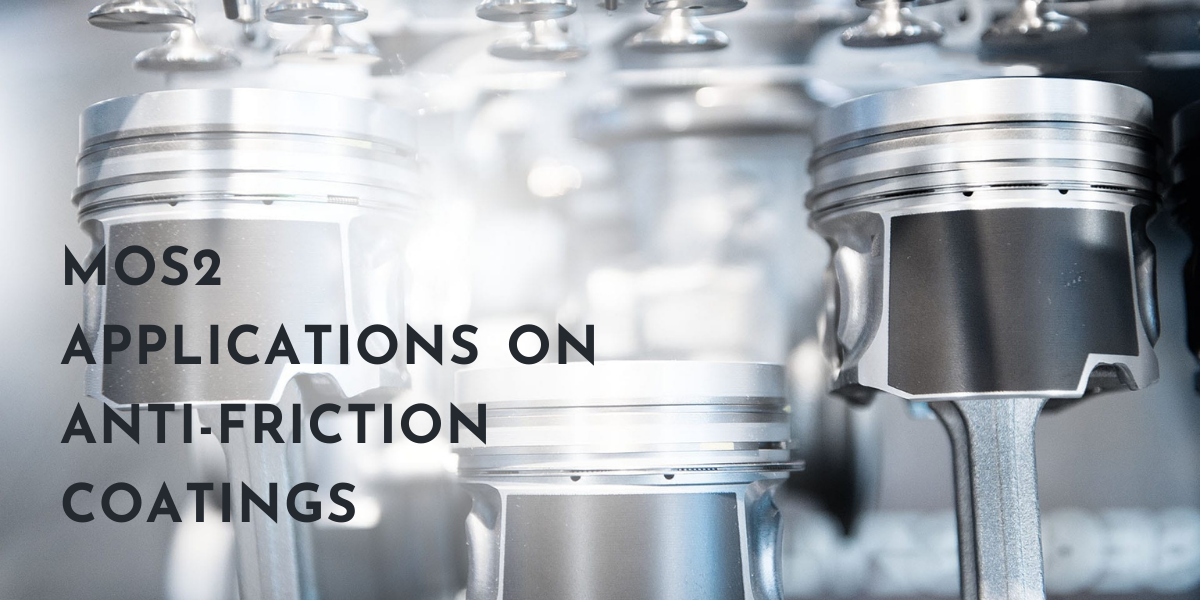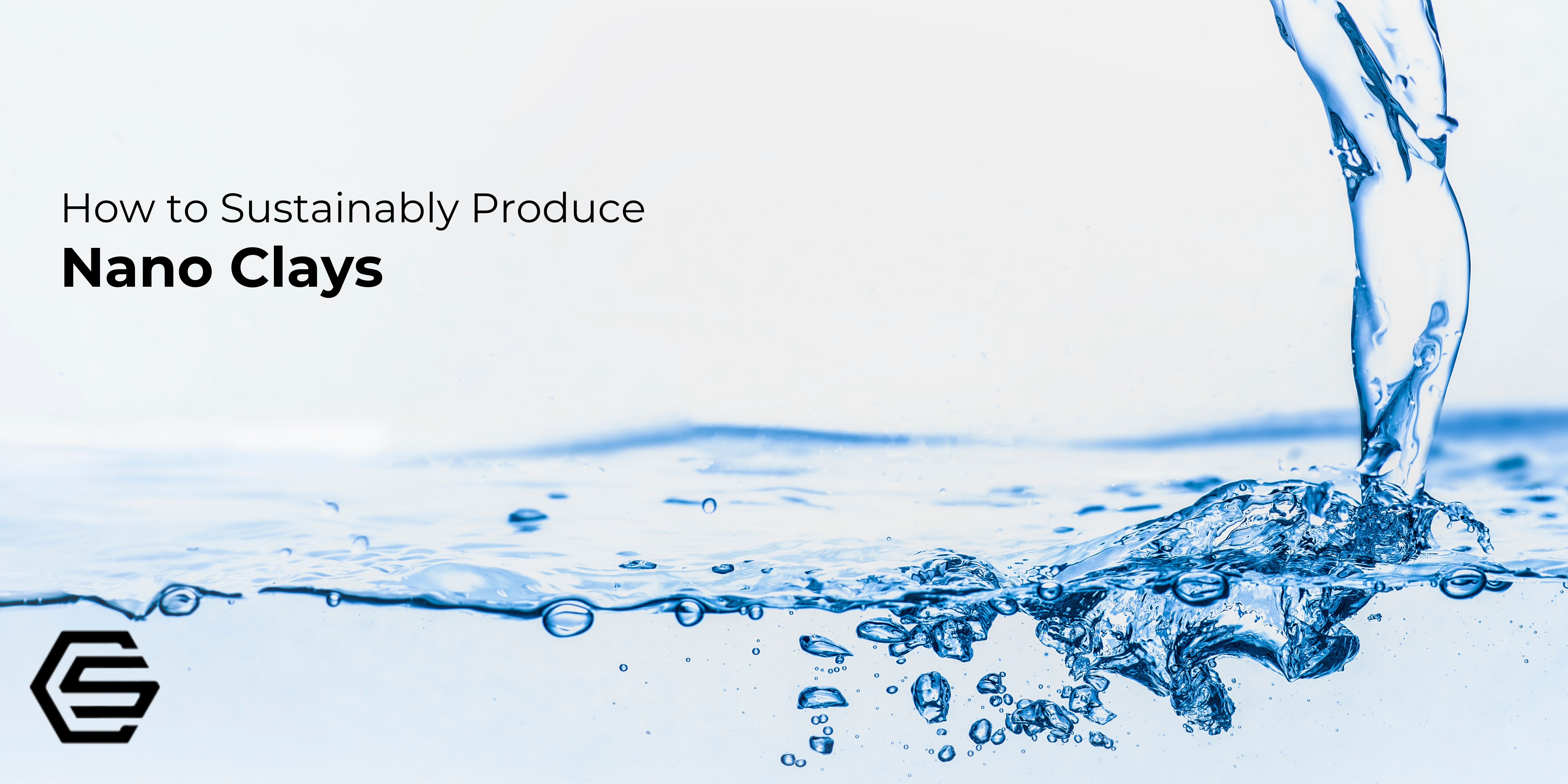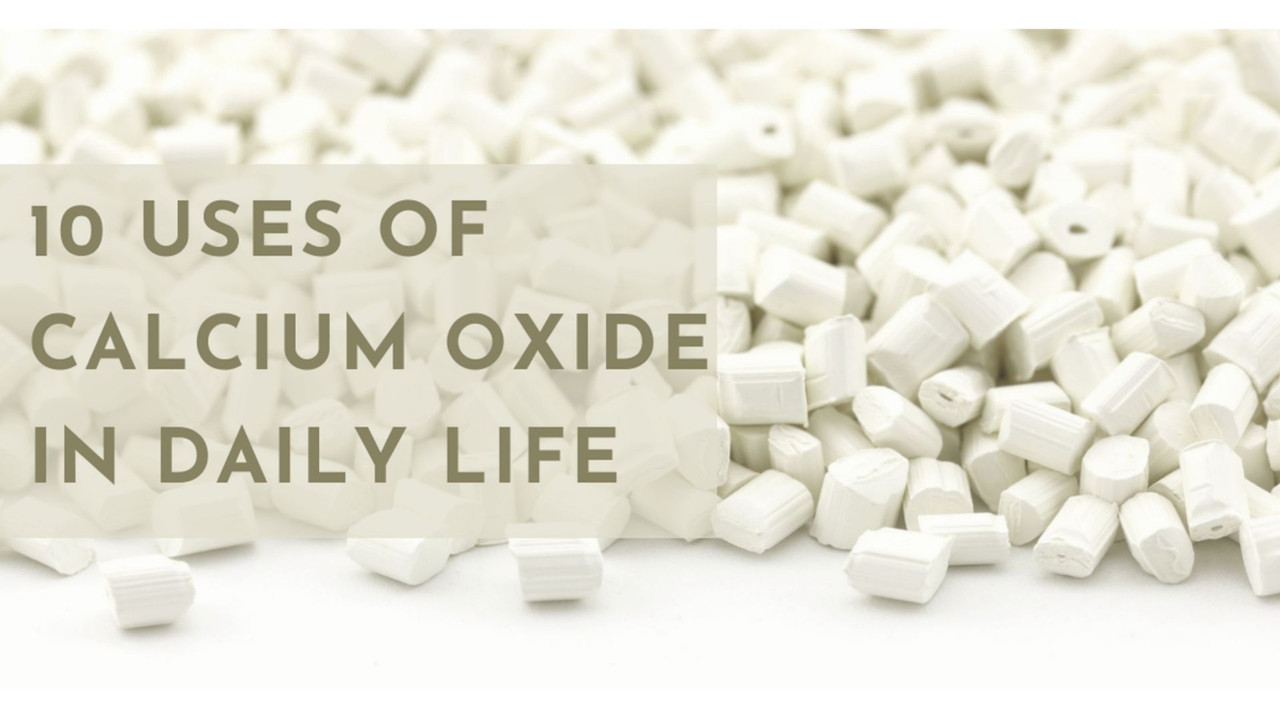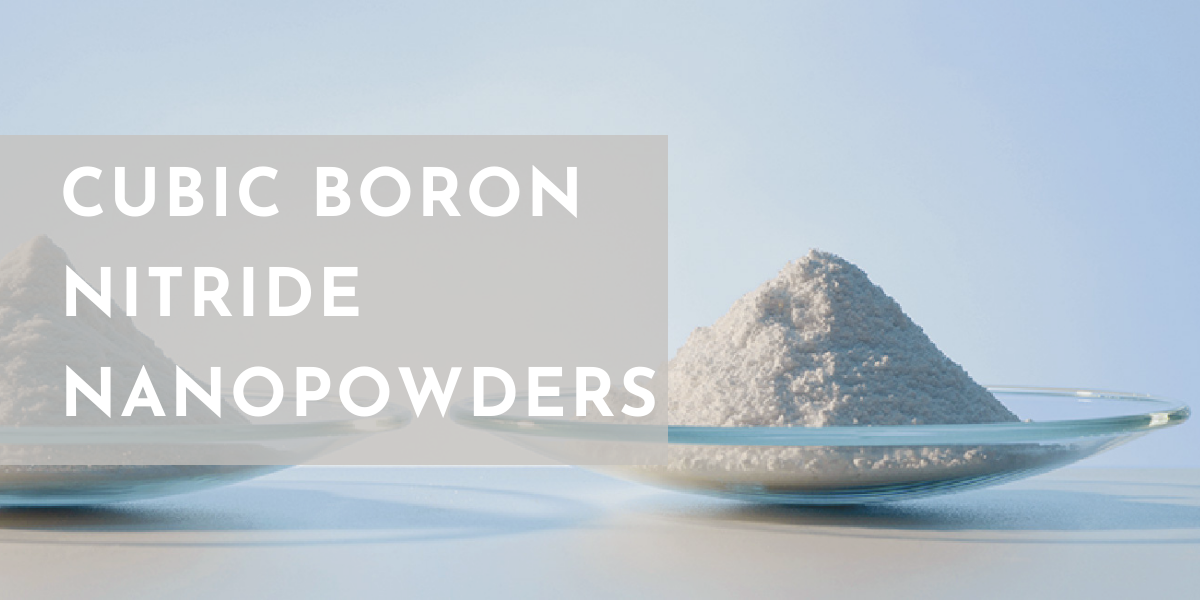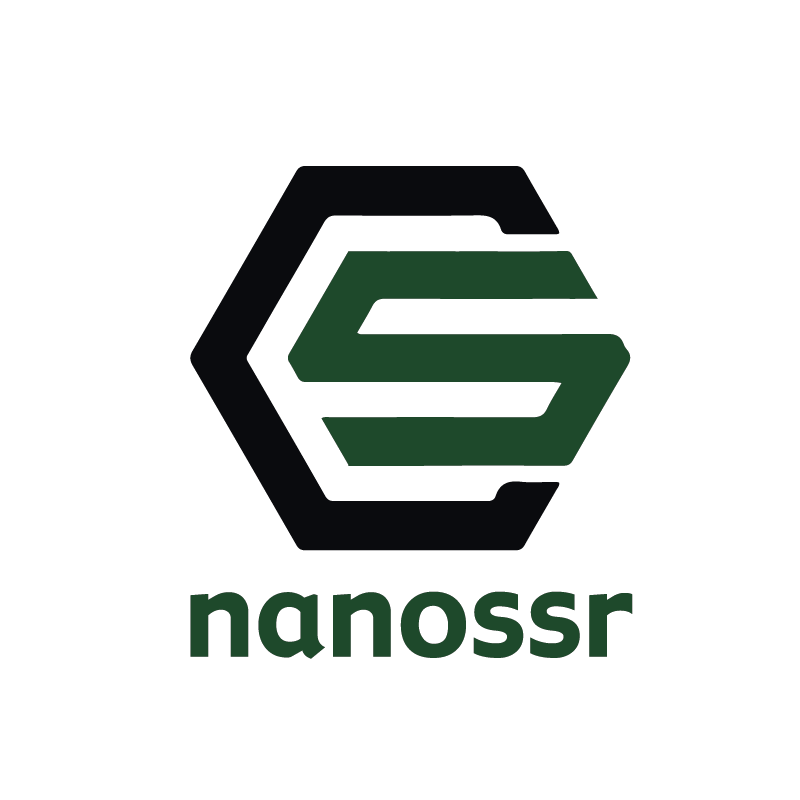Laboratory Screen Printer - Manual, 170 MM dIA. Printing Bed
Buy Redox.me products from NANOSSR at the best value.
It is a manual laboratory-scale screen printer for wet deposition of paste-like materials suitable for a development of variety of organic and inorganic electrochemical devices/electrodes. Screen printing is a facile and scalable patterning method that enables functional ink to be deposited onto a substrate (flat surface or porous membrane). It is suitable for a deposition of inks with a rather high viscosity (slowly flowing pastes). These inks are non Newtonian fluids with pseudoplastic (shear thinning) and thixotropic (viscosity decreases over shear time) properties. This screen printer enables the preparation of thin film patterns with roughly controlled thickness (depending mainly on screen parameters and ink solid content) on substrates with size typically up 100 mm x 100 mm.
Application Note:
Typical applications include thin film deposition of paste-like electrode materials for: Dye Sensitized Solar Cells (e.g. TiO2, ZnO, WO3, Platinum catalyst), electrochromic devices (e.g. WO3, V2O5, PEDOT:PSS), organic photovoltaics (wide range of conjugated polymers), OLED, electrochemical sensors and perovskite photovoltaics. Screen printing is also used to print conductive tracks (e.g. silver and carbon) as well as to overprint the electrode material with a solid state electrolyte pre-polymer.
After the printing process, the sample may be heated up using a hot plate to accelerate the drying of the obtained thin film. Further post-processing depends on a material specification. The screen printer can be used inside the fume hood or in the glovebox under inert atmosphere. Typical parameters of the screen printing process are: ink viscosity, ink solid content, screen mesh size, substrate wettability, squeegee pressure, squeegee angle of attack, print speed and snap-off distance.
For cleaning, simply detach the screen from the printer and clean it using tap water or corresponding solvent.
Specification:
Printing bed diameter: 170 mm
Printing bed adjustment: X, Y, Z and R
X adjustment range: 100 mm
Y adjustment range: 60 mm
Sample mount: vacuum chuck
Footprint dimensions: 240 mm x 120 mm
Height: 320 mm (screen down), 430 mm (screen up)
Recommended screen size: 300 mm x 200 mm
Squeegee width: 120 mm and 80 mm
Product Includes:
1 x Laboratory Screen Printer
1 x 120 mm wide squeegee
1 x 80 mm wide squeegee
2 x screen frame 300 mm x 200 mm with clean polyester mesh


